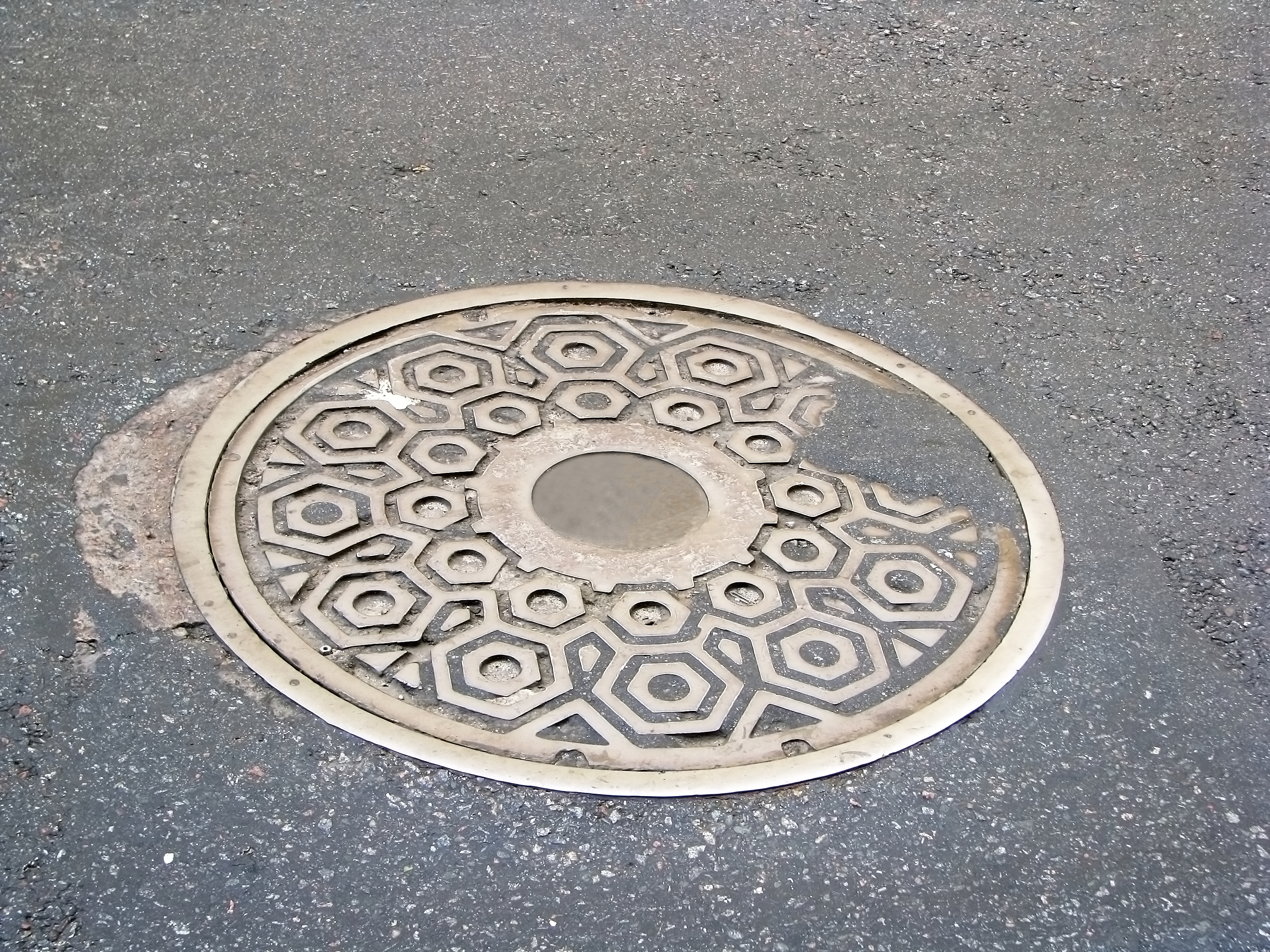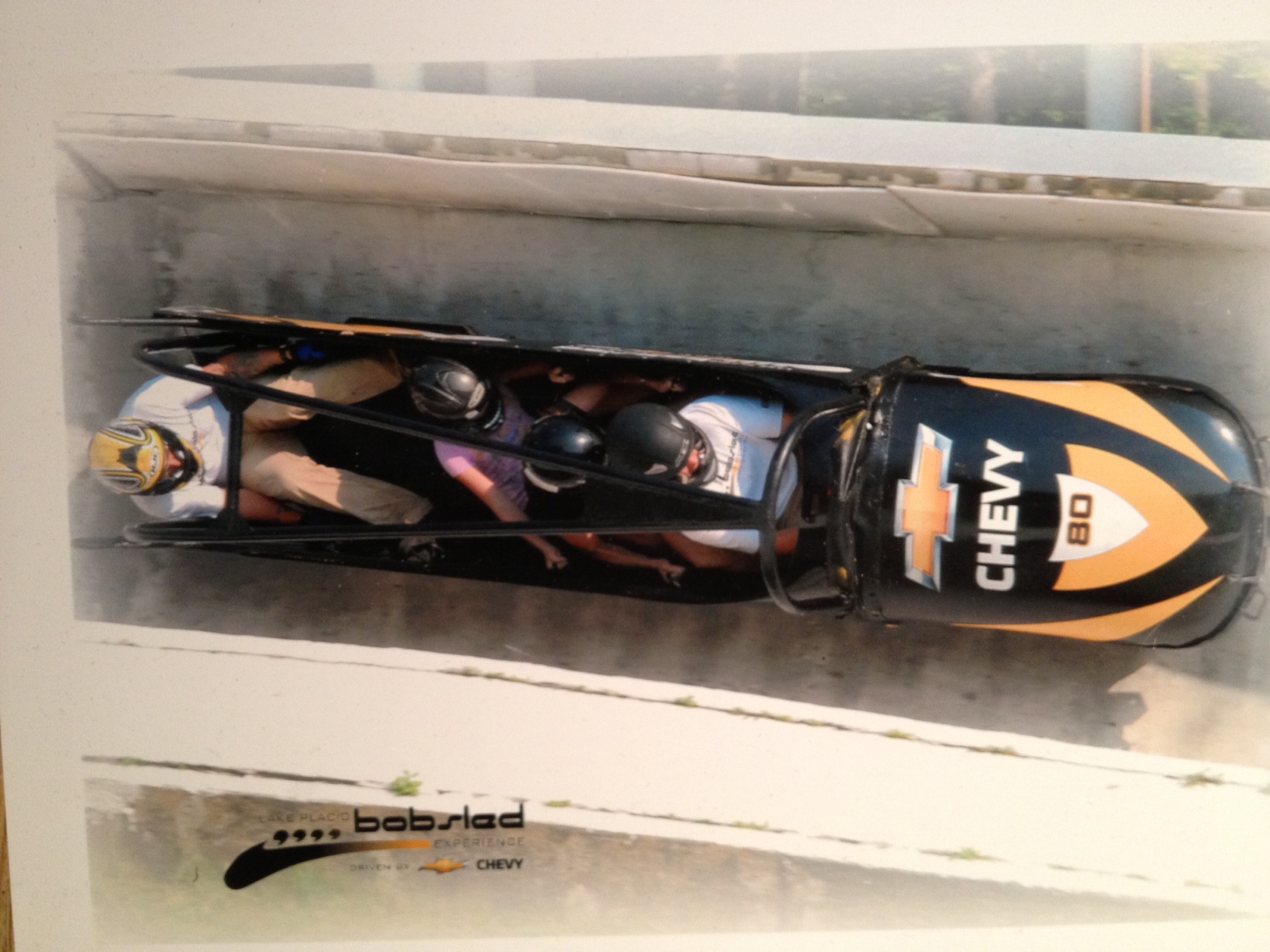As entrepreneur Jeff Montgomery’s name was called, a stopwatch clicked to signify that his 90 seconds had begun and it was time for him to convince a room full of 120 peers that his invention deserved first place honors at the annual MIT Enterprise Forum PitchFest. Among the crowd was a panel of four investors, ready to publicly critique his every word, Shark Tank style.
As one of 16 competing entrepreneurs, Jeff was vying for the coveted Winner’s Spot, entitling him to bragging rights and to thousands of dollars worth of startup consulting for his small, but growing company.
It takes a certain someone to get on stage and lay it all out there. But Jeff was ready. He had a prop.
I had seen Jeff earlier that evening. He was struggling to budge what seemed like an enormous manhole cover through the narrow doorway that led inside. The cover was too big – and he was left to abandon his plan and seek out another entrance. We knew he’d figure it out. That’s what entrepreneurs do.
Now here he was – with this circular chunk of cast iron at his feet – and the light directly in his eyes and all of us curious with anticipation. Confidently, he stood at the center of a Duquesne University lecture-style auditorium and began to address the quiet room with his booming voice. As he leaned on a heavy yellow contraption that resembled four-foot metal tongs, he succinctly explained (with no notecards or umms and ahhs) how regulatory changes are making vented sewer covers obsolete. (Who knew?) Since the vents historically aided in removal of covers, the new ventless covers would need a lift to pop them out of their positions.
How would one worker safely and cleanly remove a ventless cover? Well, Jeff built a solution: a patented removal tool which he calls a Lid Buster. In a live demonstration, he used leverage to extract and move the cover about five feet. It was executed flawlessly.
“And this cover weighs 130 pounds,” he beamed. The crowd wowed.
The demo took just 10 seconds, so Jeff had time to tell us how he’s been a municipal worker for a long time, has known this industry, and – despite not having a business background – has already sold a lot of Lid Busters for $250/each. He talked about how he carries a Lid Buster in his truck and jumps out to demonstrate it to colleagues even when he isn’t asked to do so. Noting his tenacity, we chuckled. When Jeff’s time was up, the crowd cheered and clapped. The voting was tallied, and Jeff got into the top three.
I knew he would.
It’s not that the other 15 entrepreneurs were weaker. It’s not necessarily that Jeff had the best product or business. One reason we voted him in is because Jeff’s pitch was magic. It’s what we like to see and hear: Understandable concepts, good demonstration and excellent delivery. These basics make every good pitch an excellent pitch:
- Pique our interest. Jeff’s intro got our attention – maybe because his language was folksy and he didn’t don a suit. Or maybe it was because he talked to us like we were huddled in a restaurant booth chatting over beers.
- Define the need. For Jeff, the need was all about regulation – a “must” not a “want” – the very best kind of need. He also focused on the cost and time savings of being able to extract the covers without needing a buddy to help.
- Explain the solution. Jeff mentioned the features of his Lid Buster, but he only talked features AFTER he talked benefits. It’s never about features, and Jeff intuitively knew this. His live demonstration was key. As they say, “Don’t state – demonstrate”.
- Why was he/his company the best to deliver this need? Jeff’s day job is spent working on the roads, and he stayed focused on that message. He convinced us that he understood the industry and the day-to-day nuances that are meaningful to his line of work. He also told us what he wasn’t. This was refreshing because it showed self-awareness, a good trait for entrepreneurs.
- Who would buy and why. Jeff talked about buyers and even listed some of them, plus their reasons. His sales indicated some traction.
- How does he make money. His revenue model is simple. It was simple to explain, too. He currently sells items direct to customers, mostly from trade shows where he can demo it. Also he sells from his website.
So, what did Jeff miss? Key elements like competitors and growth plans did not come up. And, he didn’t win the competition, in part, because investors said his market was too small. (Then again, investors always say that).
But, in the end, Jeff and his Lid Buster earned the popular vote. He told a good story in a way that delighted us and held our interest long enough to learn something new and be persuaded by his delivery. And whether you work on sewers or not, you may learn something from his demo.
If you’re like me and noodling on a presentation today, you’ve most likely lingered way too long on each slide trying to make the whole thing magical. It may be time for a little Lid Buster Audit. Are Jeff’s elements in your pitch? Is your presentation’s story that interesting? Is each slide making a succinct point? Will your audience leave you having learned something new and been able to repeat the details to another human (like I was able to do through this blog after only hearing it once)?
If you don’t survive the Lid Buster Audit, maybe you need to scrap your presentation, start over and tell more stories. That kind of failure is good. As Pablo Picasso once said, ‘all acts of creation start with an act of destruction.’ Or you may want to hire Lid Buster Jeff to come make your pitch for you.



